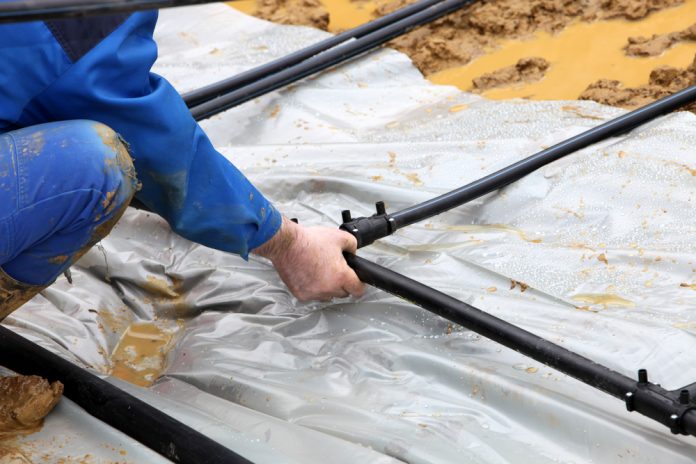Geothermal air conditioning and heating is an efficient way to keep a home warm in the winter and cool in the summer. As its name says, a geothermal system uses the heat found in the earth to both heat and cool your home. It’s able to do this because the earth’s temperature stays pretty much the same all year. Yet, some myths surround geothermal heating and cooling. Here are 10 of them:
1. Geothermal Doesn’t Work in Cold Climates
As long as your HVAC professional can properly install the geothermal system that is right for your home and your climate, you shouldn’t have any problem getting enough heat in the winter. Again, this is because the temperature in the ground stays constant all year.
2. It’s Too Expensive
There was a time when geothermal HVAC, or heat, ventilation, and air conditioning were expensive, but the price has dropped considerably. This is largely because the long and complex installation process has become much simpler. Now a lot more homeowners find geothermal HVAC affordable.
3. Geothermal Can’t Be Retrofitted
Ideally, a new home should be built with a geothermal HVAC system, but there’s no reason that an older home can’t have one. Now, all that needs to be done is to hook up the system to existing ductwork used to support a traditional furnace and air conditioner. The problem would be installing ductwork in a house that didn’t originally come with it.
4. Geothermal Can’t Be Installed Because of Bedrock
According to http://proairtechllc.com/, many homeowners believe they can’t have a geothermal HVAC system because their property is on a lot of shallow bedrock. Professionals who install geothermal systems appreciate bedrock because it’s easy to drill through and supports the borehole. This removes the need for reinforcements and helps the job go quickly and easily. Bedrock is also excellent at transferring heat.
5. Geothermal Hardly Warms the House in the Winter
The heat pump that comes with the geothermal system acts basically like a reverse air conditioner in the winter. Instead of bringing in warmer air and removing heat from it in the summer, it brings in cooler air, adds heat to it, and blows the warmed air through the ductwork and the registers in the home. It does this until the temperature of the room or the house is where you want it to be.
6. It Brings Radon
Radon is an odorless, tasteless, colorless, and carcinogenic gas created by the breakdown of uranium and thorium. It’s often found in granite bedrock, but the installation of a geothermal system has no bearing on whether it enters the house.
7. Geothermal Is Not Environmentally Friendly
Geothermal HVAC is one of the most environmentally friendly ways to control the temperature in a building. It gives your home a much smaller carbon footprint than it would have from burning fossil fuels.
8. It Will Use Up All the Earth’s Heat Eventually
Geothermal HVAC will not use up all the earth’s heat because, to be precise, it doesn’t use the earth’s heat. The magma does not produce the heat found many hundreds of miles beneath the crust of the earth but by the sun. The loops that are installed in the ground on your property only go down a few hundred feet. It is here that the heat from the sun, not the earth, is stored.
9. Geothermal Systems Are Fickle
Some homeowners hesitate to install geothermal HVAC because they’ve heard that they need constant maintenance and repair. The truth is they don’t require as much repair as conventional HVAC systems. This is because most of the system is found underground, and the rest of it is indoors. It’s the wear and tear caused by the seasons that defeats the outdoor components of a central air conditioner unit, for example.
However, there are some things that you should do to prolong your geothermal system’s life, and they’re the same things you would do for a conventional HVAC system. You should change the filters every three to six months and have an HVAC professional inspect the system every five years or so.
10. Geothermal HVAC Requires a Lot of Space
This is both true and not true. It’s true if you have the ground loops installed horizontally because they are buried in trenches that can be 6 to 10 feet deep and hundreds of feet in length. But if you’re opting for vertically installed ground hoops, they will be installed 200 to 600 feet into the ground in holes that are only about a half a foot around. You also need enough space in your yard to accommodate the drilling rig.
Find a Home-Based Business to Start-Up >>> Hundreds of Business Listings.
















































